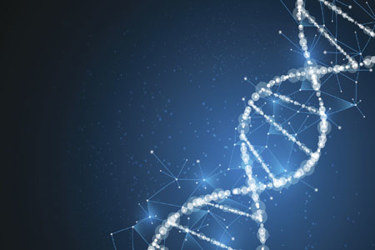The Importance Of Gene Editing In Successful Cell Therapy

Gene editing is a foundational element of allogeneic cell therapy development. Genetic engineering capabilities make off-the-shelf cell therapies feasible by modifying cells to evade immune attack, improve overall compatibility, and prolong the survival of transplanted cells. By enabling targeted integration of specific genes, gene editing can improve the functionality of immune cells and ultimately bolster their functionality to target and eliminate cancer cells.
As donor cells are modified during the development of allogeneic cell therapies, the increased precision offered by gene editing can improve the therapy’s safety profile by minimizing the risk of immune rejection among a broader range of recipients and contribute to more scalable manufacturing processes. The resulting cost-efficiencies and expanded compatibility of the therapy can help broaden patient access to these life-saving treatments.
Suzanne Snellenberg, PhD, Director of Genome Engineering at Cellistic, shines a spotlight on the importance of gene editing in successful cell therapy and on scientific milestones reached by the Cellistic team in its first year.
Get unlimited access to:
Enter your credentials below to log in. Not yet a member of Cell & Gene? Subscribe today.
